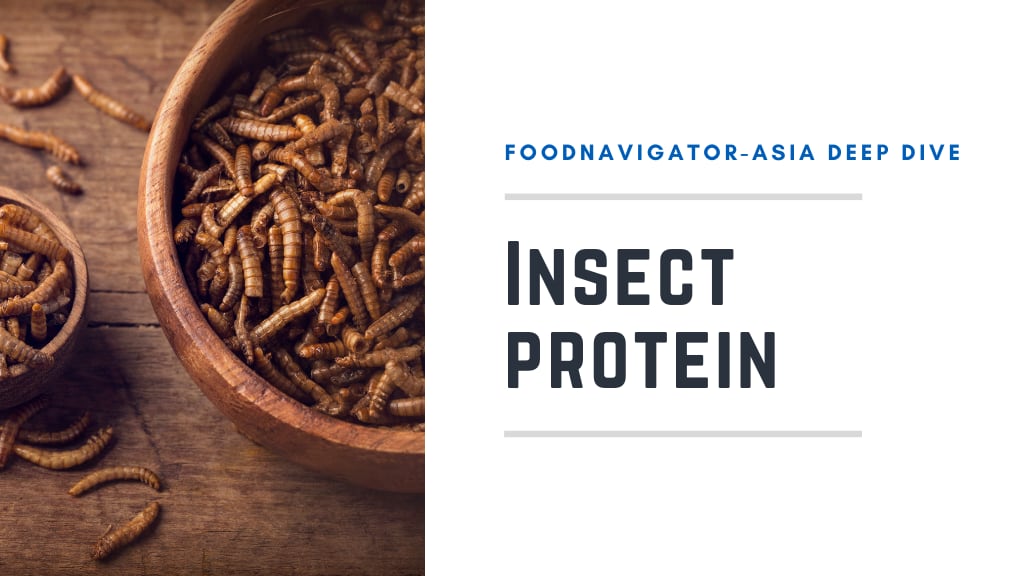The initiative was conducted as a joint project between the convenience store industry and the South Korean Ministry of Food and Drug Safety (MFDS), which saw the establishment of ‘healthy food corners’ at 104 convenience stores located near schools.
Convenience stores are a popular haunt for children and adolescents in South Korea due to the proximity, accessibility and available choices of these – especially stores that are located close to schools.
The healthy food corners established were set up with pre-identified products lower in sodium, lower in sugar, lower in fat and so on, which were individually labelled and marketed as better choices.
“The aim of these healthy food corners in convenience stores is to make it easier for children to identify and choose healthy and nutritious foods,” MFDS Minister Oh Yu-Kyoung said via a formal statement.
“Convenience stores are very important here as data from local surveys have shown that there is an increasing frequency of younger consumers especially adolescents that are replacing meals with convenience store-purchased food at least once a week – as of 2019, this number stood at 69.1%%, according to the 15th Adolescent Health Behaviour Survey.
“So hopefully the healthy food corner will also help children to form correct and healthy eating habits [which is increasingly important] as the obesity rate amongst children in South Korea has been found to be on the rise over the past few years.”
According to government data, child obesity rates in the country for children aged between six and 18 years old have risen continuously since 2013, from 10% in 2013 to 12.3% in 2018 and in most recently this hit 15.9% in 2020.
“As such, the targeted food and beverage products for this healthy food corner include foods with lower sodium content, foods with no added sugar, and [so on], and these have all been certified for quality and safety,” she added.
“A wide variety has also been included here, from gimbap (rice rolls) to lunch boxes with reduced sodium; beverages without added sugar; healthier items like fruits and salads and so on, all of which can help to protect children’s health and drive them to develop correct eating habits [which will be crucial for their health] now and later in life.”
The major convenience stores participating in this initiative include 7-Eleven, CU, GS25 and E-Mart. The overall project is still considered a pilot and will be deployed until the end of 2022 whereupon its efficacy will be assessed and analysed.
Reaching out to consumers
Direct consumer contact and communication does appear to be top of mind for MFDS as of late, as in addition to the healthy food corner the ministry has also laid out plans to co-operate with multiple leading consumer groups in the country to strengthen consumer communication.
According to the ministry, these will include deeper collaboration with the consumer groups as well as discussion of upcoming food-related major policies and regulatory innovation tasks moving forward.
“MFDS is planning to implement our Top 100 Food and Drug Regulatory Innovation tasks with the prime target of helping innovative products to get to market and commercialisation more quickly, as well as to activate new product development and support global competitiveness,” Oh added.
“For the food sector, there will be strong focus on expanding local recognition of future food ingredients whilst keeping these sustainable.
“There is also a lot of rapid growth taking place in the food sector regarding food technologies such as cell-cultured foods – these are considered novel ingredients and firms in such areas are encouraged to submit the required safety and other data to MFDS for assessment and certification.
“We believe that working with consumer groups regarding these as well as the communications to consumers for these will yield greater, more efficient results.”





